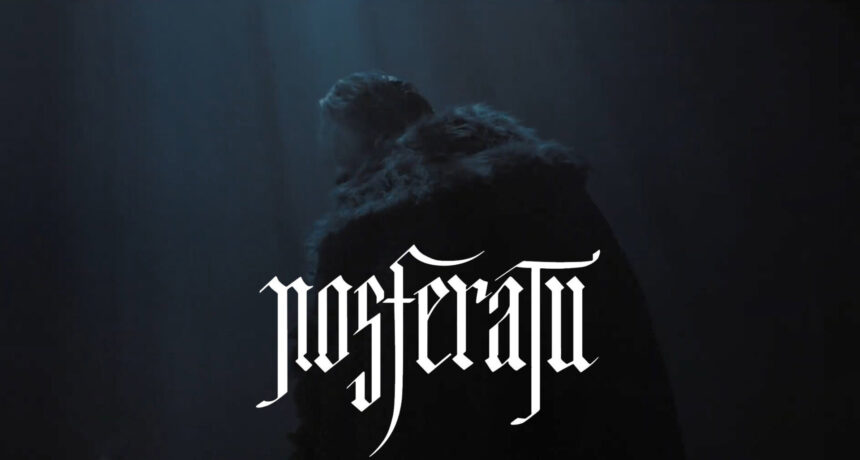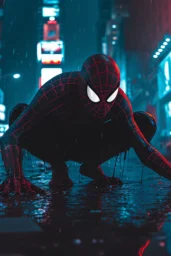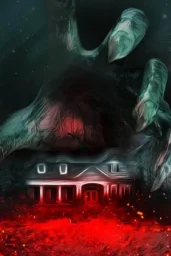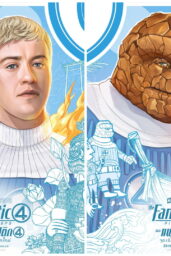Few filmmakers in modern cinema possess the audacity of Robert Eggers. Known for his visceral, historically grounded storytelling in The Witch (2015), The Lighthouse (2019), and The Northman (2022), Eggers has made a career of exploring the unsettling and the sublime. His latest project, a remake of F.W. Murnau’s iconic 1922 silent film Nosferatu, reimagines one of horror’s most enduring stories through a lens both reverential and deeply personal.
While the film’s shadowy aesthetic and obsessive attention to detail have captivated audiences, one creative choice nearly crossed the line from haunting to absurd. In a recent interview with Variety, Eggers revealed that the film’s climactic scene originally included a shocking visual—Count Orlok bleeding from multiple orifices, including his anus. While undeniably grotesque, the moment was ultimately deemed too “demented” and inadvertently humorous, leading to its removal.
“If you look closely, Orlok is still bleeding out of his eyes, ears, and nose,”
Eggers shared.
“We also rigged it so he would bleed out of his anus, but it was very comical. When we started rolling, we had to literally put a cork in it.”
This decision highlights the delicate balance Eggers must strike between authenticity and artistry. A director who thrives on pushing boundaries, he recognized that horror must disturb, not distract, to achieve its intended effect.
A New Vision for an Old Vampire
Eggers’ Nosferatu takes significant liberties with the original film’s narrative while preserving its haunting spirit. In a departure from the 1922 version, the climax centers on Ellen Hutter (played by Lily-Rose Depp) and Count Orlok (Bill Skarsgård) locked in a macabre embrace. This chilling tableau underscores the film’s themes of obsession and destruction, eschewing the fiery resolution of Murnau’s version in favor of a more intimate, albeit grotesque, finale.
Eggers’ visual approach remains uncompromisingly tactile, with Orlok’s decaying visage—complete with “maggot holes”—exemplifying the director’s commitment to practical effects. However, his willingness to self-edit, as evidenced by the removal of the contentious bleeding sequence, reveals a maturation in his storytelling. Rather than indulging in gratuitous shock value, Eggers chooses moments that resonate on an emotional and psychological level.
The Cast and Creative Team
Bringing Eggers’ gothic vision to life is an ensemble cast brimming with talent. Skarsgård’s Orlok is both menacing and pitiable, a far cry from the cartoonish caricatures of vampires in popular culture. Lily-Rose Depp’s Ellen delivers a performance steeped in vulnerability and quiet defiance, while Nicholas Hoult, Aaron Taylor-Johnson, and Emma Corrin provide strong supporting turns.
Eggers’ frequent collaborators also return to enhance the film’s atmospheric dread. Jarin Blaschke’s cinematography bathes each frame in chiaroscuro lighting, and Mark Korven’s score pulses with an eerie, otherworldly intensity.
Reflections on Cinema’s Boundaries
The decision to cut Orlok’s “bleeding” moment is a fascinating case study in artistic restraint. While the original concept may have fit the film’s grotesque aesthetic, its unintended comedic undertones threatened to undermine the gravity of the story’s conclusion. This highlights the importance of tone in horror—a genre that demands precision to avoid veering into parody.
Eggers’ Nosferatu reaffirms his status as a filmmaker unafraid to challenge conventions, but also one attuned to the nuances of his craft. By reining in excess, he delivers a story that is both deeply unsettling and profoundly human.
Personal Impressions
As a long-time admirer of Eggers’ work, I found Nosferatu to be a triumph of atmosphere and storytelling. The film’s ability to evoke dread without relying on cheap scares is a testament to Eggers’ skill. While the excised “bleeding” moment would have undoubtedly sparked conversation, its absence underscores the director’s commitment to narrative cohesion over spectacle. The result is a film that lingers in the mind, a dark and poetic meditation on love, death, and the monstrous.
What do you think of Robert Eggers’ decision to cut the scene? Do you prefer directors who push boundaries or those who exercise restraint? Share your thoughts in the comments below!












